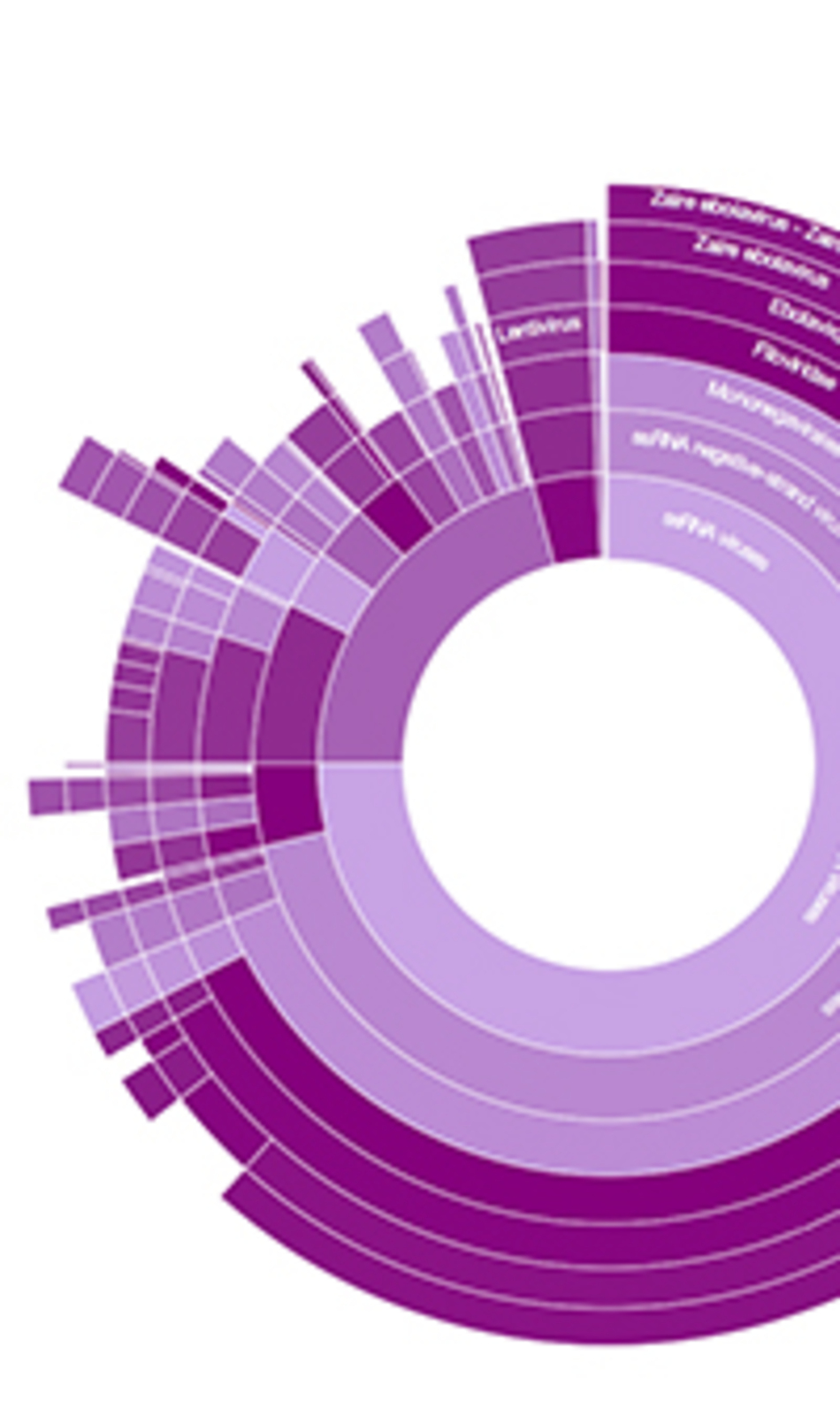
Episode Transcript
Interviewer: A patient comes in to the clinic with an infectious illness that the doctor can't quite put her finger on. What's causing it? We'll talk about a new way to find out, up next on The Scope.
Announcer: Examining the latest research and telling you about the latest breakthroughs. The science and research show is on The Scope.
Interviewer: I'm talking with Dr. Robert Schlaberg, an assistant professor of pathology at the University of Utah, and a medical director at ARUP Laboratories. Doctor Schlaberg, let's imagine this scenario - a child is brought in to the emergency room with symptoms of shortness of breath, fever and coughing. There can be a lot of causes for this type of illness. First of all, how do doctors typically diagnose a patient like this?
Dr. Schlaberg: Yes, so a patient with suspected pneumonia, which this child may have, requires a battery of tests. So usually nasopharyngeal swab, an upper respiratory track specimen is collected through the nose from the child, and probably a blood sample will also be collected for culture, and then a large battery of tests is run on both of those samples. These tests generally work well if a common cause actually is responsible for this patient's disease. However, in about 20% or so of children, no cause is found with the standard approach.
Interviewer: You've helped develop a tool called Taxonomer, how is it different?
Dr. Schlaberg: So with the current approach, one has to know what a test is supposed to detect. So we call this a differential diagnosis. So the physician who sees the patient has to decide which bacteria or viruses to test for in this child. The tests we're developing aims to do away with this guess work and provide an answer or a way to detect any virus specter or fungus in a patient's sample.
Interviewer: So you perform this test, what's the output?
Dr. Schlaberg: The output is a list, or in this case a graphical representation of all microbes that are present in the patient's sample.
Interviewer: And so how do you do that?
Dr. Schlaberg: So we take the patient's sample and we extract RNA and/or DNA from the sample . . .
Interviewer: And that's the genetic material?
Dr. Schlaberg: That's the genetic material from the patient as well as from anything else that's in the specimen.
Interviewer: So basically you're cataloging all the genetic material that's in a patient's sample?
Dr. Schlaberg: Yes, exactly.
Interviewer: So how do you go about figuring out . . . when you have this long list, how do you go about figuring out which one is the likely candidate cause for the disease?
Dr. Schlaberg: So the easiest scenario is if there is a known pathogen, say influenza virus. If we find influenza virus in a patient who has symptoms that match influenza, then the general assumption is that that's the cause of the patient's symptoms. The same is true with current tests.
Interviewer: But I guess the other important thing here which we alluded to earlier is that, there are many types of influenza viruses so knowing exactly which one could help tailor the treatment for that particular person?
Dr. Schlaberg: Yes, it can, as the genetic information for, in this case influenza virus, is read out by this test and there are known changes in the genome, known mutations that can cause drug resistance. You can also, at the same time, determine if the standard therapy is likely to work or not based on those known mutations.
Interviewer: So having this really accurate diagnosis can really maybe save time and money, and just wear and tear on the patient.
Dr. Schlaberg: Yes, absolutely. Oftentimes the correct diagnosis is delayed by the need to test with multiple amounts of testing. If their first round of testing comes back negative, then the next most likely causes are tested for. This test offers the advantage that it's one stop shopping. It's a catch-all test that doesn't require follow up testing.
Interviewer: How else do you think that this tool can be used?
Dr. Schlaberg: One challenge and also great opportunity of using this testing methodology is to learn more about what other factors may influence the disease severity of a given patient, because we know that two patients who are infected with the exact same virus may present very differently. So the difference could be due to factors that lie with a patient such as genetic predispositions, but they could also be related to the nonpathogenic, normal bacteria that reside in these patients respiratory tract. So that's a very active field of investigation, how different pathogens interact with the normal bacteria, and how that can influence the disease severity.
Interviewer: Interesting. Okay, so instead of just looking for the causative microorganism, you can look at the whole array of what's in there to understand whether that's influencing how the illness manifests itself?
Dr. Schlaberg: Yes, absolutely, and all that information has been ignored previously.
Interviewer: Okay, interesting.
Dr. Schlaberg: The longer term goal is to put all of these layers of information together, and improve accuracy of the diagnosis, and better informed treatment decisions.
Announcer: Interesting, informative, and all in the name of better health. This is The Scope Health Sciences Radio.